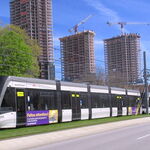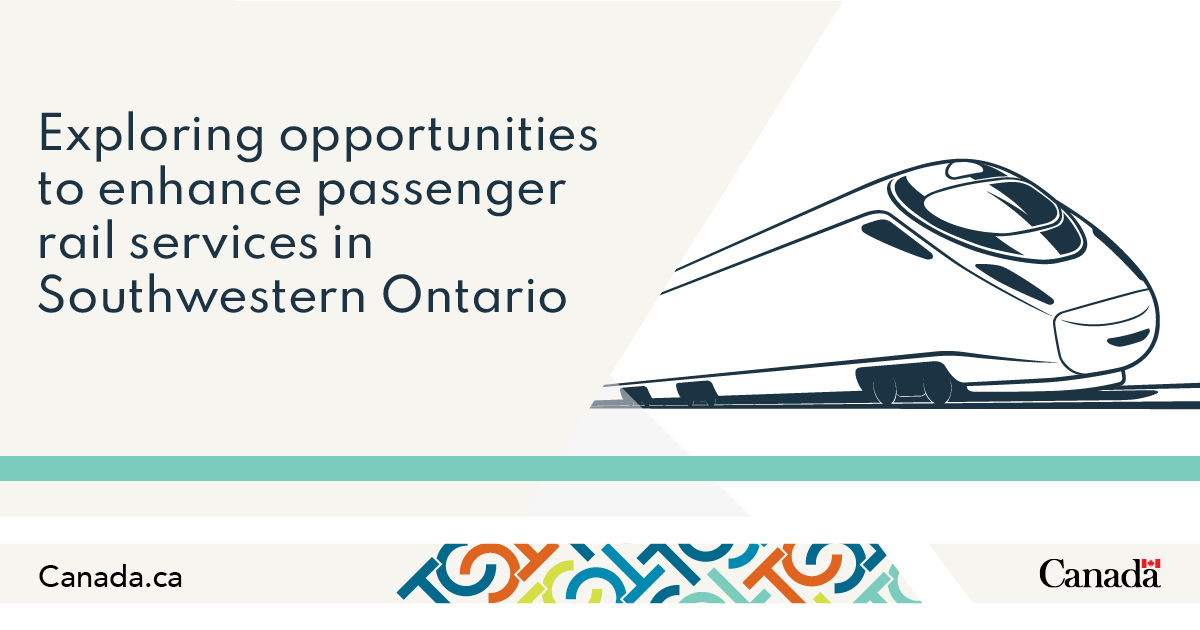littlewill1166
Active Member
They could likely shave off 10-15 minutes by upgrading the track between Glencoe and Chatham to Continuous welded rail instead of jointed rail. Makes for a better ride too.
^ Apparently they already did, but it's still bumpier than the Dundas/Oakville subs. I guess it's because the limit is 90 mph, vs 75 mph on Dundas/Oakville since I've noticed something similar on the Kingston sub where trains also travel at 90 mph.
At Glencoe, 76 often has to double stop because the passing siding ends just south of the station platform and 73 is constantly delayed. By the time 76 arrives in London, it's often 20 minutes late. Since it missed its slot, it's put behind a slow-moving freight train from Sarnia until Woodstock adding another 10-minute delay. By the time it gets to Aldershot it's 30 minutes late and has to wait for a GO Train to pull into the station. Since it missed its slot, 76 gets put behind another GO train until it reaches the quad-track section of the Oakville-sub where it arrives at Union Station 40-minutes late chronically. Train 76 then turns into 48. If 76 is delayed enough, 48 to Ottawa gets delayed as well.Again: you would have only 8 trains per day benefitting from this and only passengers going all the way to Windsor (or Glencoe) - which is considerably less busy than Ottawa...
If Glencoe was twin-tracked, it could easily save 5 minutes and reduce the possibility of downstream delays.
To sum things up, seemingly short delays in one part of the network can easily cascade into much larger delays downstream. Thus, you must look at the big picture when making decisions regarding network improvements.
Below is a satellite image of Glencoe station and the surrounding area.
Red = Existing Track
Green = Existing Platform
Blue = Siding Extension











